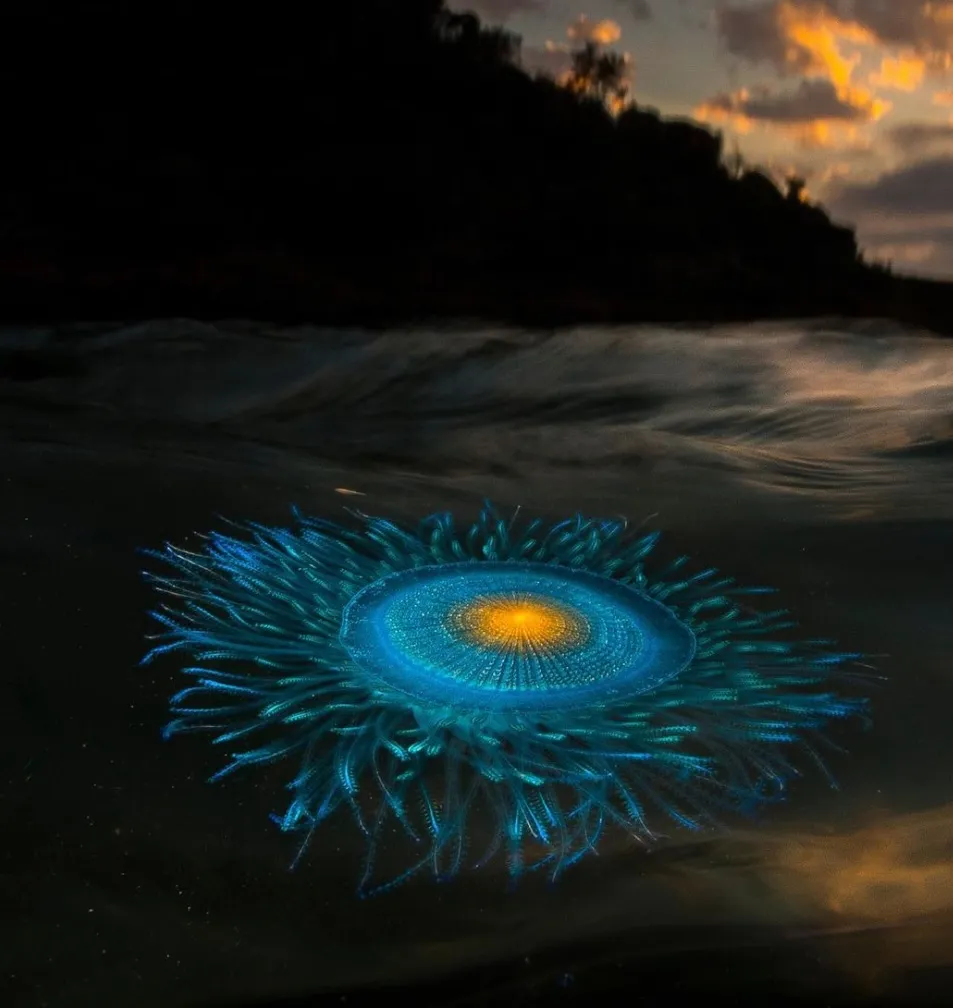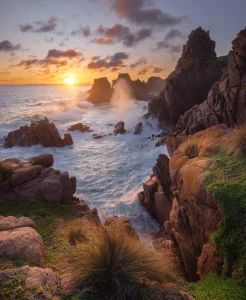Introduction To Sea Life Along The Great Ocean Road
The Great Ocean Road, a beautiful scenic seaside drive in Victoria, Australia is known for its breathtaking scenery, picturesque cliffs and diverse marine life. This area provides a lot of opportunities for people who like snorkeling and diving as one can find here the most spectacular coral formations that hide playful seals and whales with their enormous size. In this comprehensive guide, we will look at the best locations to spot marine creatures along the Great Ocean Road and provide advice on how to have an unforgettable time while diving or snorkelling.
Best Places For Diving On The Great Ocean Road
Twelve Apostles Marine National Park
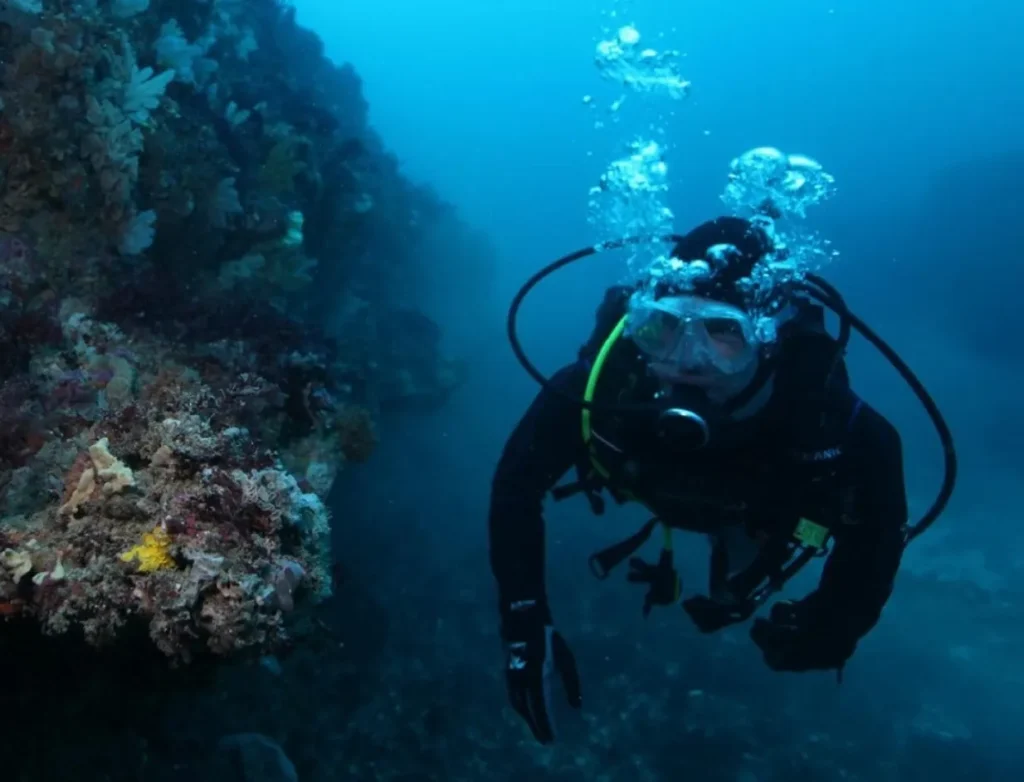
The Twelve Apostles Marine National Park is among the famous diving spots along the Great Ocean Road. Beneath the waters are towering submerged limestone stacks, colourful coral reefs and numerous marine species to see in between them. A favourite amongst beginners as well as experienced divers due to its great visibility.
The underwater landscape at Twelve Apostles Marine National Park is nothing short of magnificent; these towering limestone structures can be seen from land continuing underwater, leading to dramatic seascapes. The diversity of marine life that divers should expect here includes multiple schools of colored fish, rays as well as few reef sharks occasionally sighted by lucky ones. Coral reefs in this locality are home to many sea organisms, with colourful corals providing habitat for countless varieties of fishes and invertebrates.
Cape Bridgewater
Cape Bridgewater has mainland’s largest seal colony hence becoming a must-visit place for those who dive. Seals play around divers when they go underwater which is an amazing moment not worth missing out on during any dive here. Additionally, there are underwater caves and rocky reefs teeming with marine life creating an interesting experience while diving.
Cape Bridgewater offers incredible opportunities to encounter these wonderful animals while diving in their natural environment. These creatures are very playful by nature, so expect them to swim around divers, sometimes doing acrobatic flips. Besides seals, there are underwater caves and tunnels that accommodate various marine animals such as octopuses, lobsters and colourful fish too. The rocky reefs are inhabited by sponges, corals and seaweeds which makes them look alive in a way.
Snorkelling Adventures In Apollo Bay
Marengo Reefs Marine Sanctuary
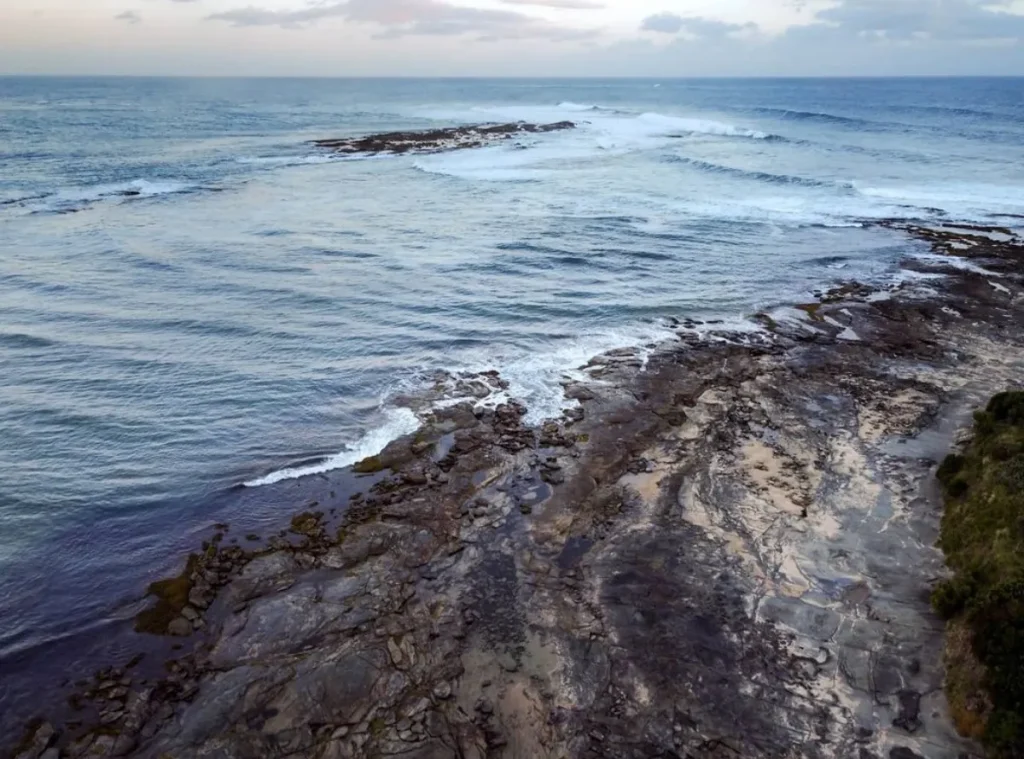
Marengo Reefs Marine Sanctuary is just off the coast of Apollo Bay and is a great spot for snorkelling. This place has calm waters with numerous fishes to see, even if you are not skilful enough to swim far away from the shores. There are various types of fish visible to visitors, including multi-coloured corals and, at times, dolphins.
This is because snorkelling at Marengo Reefs will give an individual an opportunity to experience nature like never before. The water is clear and calm, making it possible for one to look closely at a range of vibrant marine creatures beneath its surface. The reefs here also contain various colours of fish, including wrasse, parrotfish as well as breams, among others. Underneath lies beautiful coral formations consisting of soft ones plus hard ones that have different shades, thereby creating colourful patterns that may be seen from a closer view. Finally, it should be noted that the presence of dolphins moving around these reefs occasionally adds some excitement to the whole exercise of snorkelling for those lucky enough to witness this sight or event happening nearby aboard their boats or ships
Point Bunbury
Also located in Apollo Bay, Point Bunbury offers great snorkelling opportunities. The rocky coastline and clear waters provide a great environment for various underwater animals, including octopuses, starfish and sea anemones. Snorkelers can explore the underwater rock pools and observe marine life very closely.
Point Bunbury’s underwater landscape is diverse and interesting. Numerous nooks and crannies created by rocky outcrops are perfect hiding places for marine life. This area is open to divers who will find an assortment of critters, from small nudi branches to larger fish species. Rock pools are particularly fascinating, and there are regular sightings of starfish, sea urchins, and some small crabs. Point Bunbury has clean waters that teem with sea creatures, attracting experienced and non-expert snorkelers.
Exploring the Marine Life at Port Campbell National Park
Loch Ard Gorge
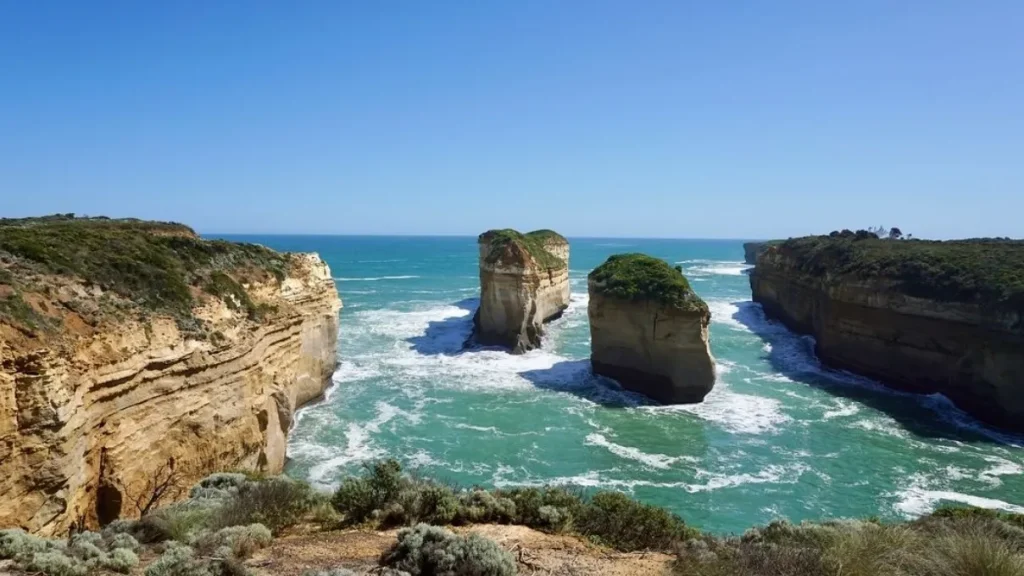
In addition to being a stunning natural wonder above water, Loch Ard Gorge is also a snokerler’s paradise.The bay is protected from strong winds making it a popular spot for boating on mild summer days. This area features some unique rock formations underwater, which make it so appealing to divers as well as snorkelers.
Diving through Loch Ard Gorge offers an opportunity to witness different types of marine life in a relatively small location. Visibility is excellent as the calmness of the waters allow observing this wildlife including schools of little fish, crabs on the sandy floor, whilst urchins sit quietly in their crevices amid rocks below . These rock formations and caves add onto fun while snorkeling because divers may swim to them and discover what they hide underneath them.
The Grotto
The Grotto another one precious stone inside Port Campbell National Park is an unusual place for snorkeling.This shallow pool is formed naturally within this pools bottommost part making it safe even for inexperienced swimmers who want to snorkel. The clear waters and abundant marine life make it a great spot for observing fish and other sea creatures in their natural habitat.
As one would expect from a natural pool, The Grotto offers calm water that is ideal for snorkelling. This area is home to a variety ofmarine species, including small fish, crabs and sea stars. It also supports many invertebrates like anemones and sponges in the rocky walls of the pool. This makes The Grotto a favourite place for those who love relaxed snorkelling sessions due to the stillness of its waters.
Diving with Seals at Cape Bridgewater
Seal Dive Experience
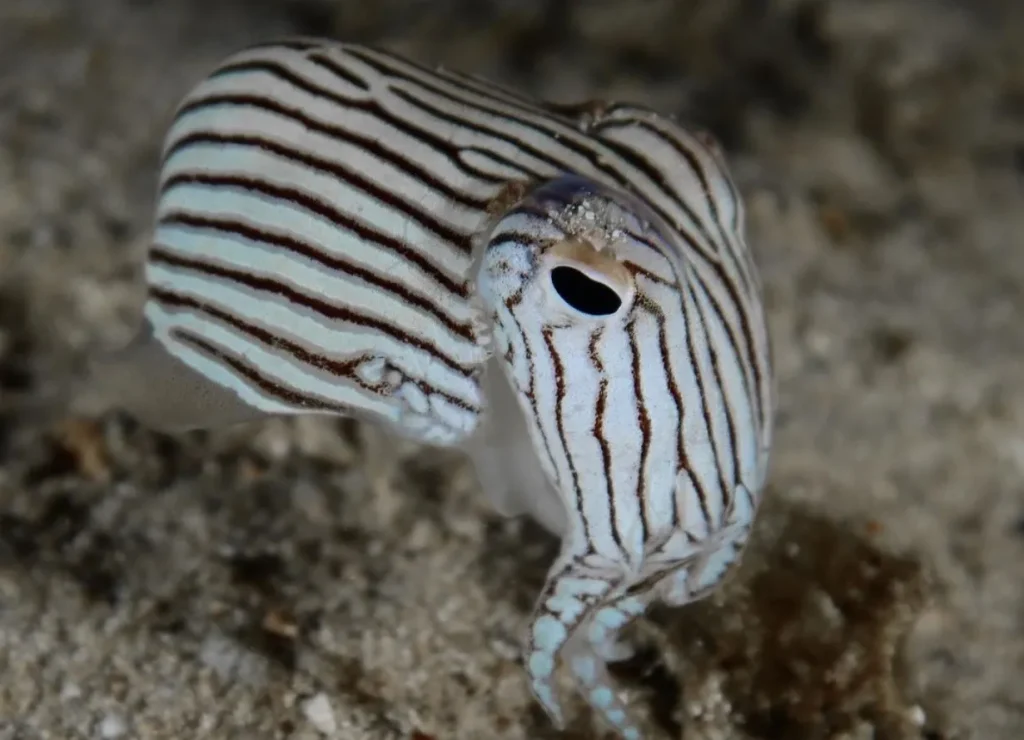
It is a memorable experience to dive with seals at Cape Bridgewater. These playful animals are very curious and tend to approach divers during underwater adventures. Moreover, divers can also view other kinds of marine life such as fishes, octopuses or rays which allows each dive expedition turn into new experience.
Among Australian diving enthusiasts, Cape Bridgewater’s seal colony remains one of their best spots. They often come close to humans thus making close encounters between them inevitable while diving. Apart from seals, this site gives access to underwater caves as well as rocky reefs containing various types of sea animals.These features draw diving fans since they provide crystal-clear water along with rich aquatic environments required for this purpose.
Ideal Moments to Swim with Seals
When is the best time to swim with seals at Cape Bridgewater? This would be during warmer months which extend from November up to April. It’s a great idea to dive early in the morning because you have better visibility and there are more seals.
Warmer months bring optimal diving conditions to Cape Bridgewater so that sea is calmer and visibility is better. This period is also characterised by the increased activity of the seals, which makes it easier for a visitor to this place to observe them or even interact with them. Early morning dives are particularly recommended, as water is usually clearest at this time and seals often most active. Always check the weather and sea conditions before heading out for a safe and enjoyable dive.
Point Addis Marine National Park – Marine Biodiversity
Scuba Diving Point Addis
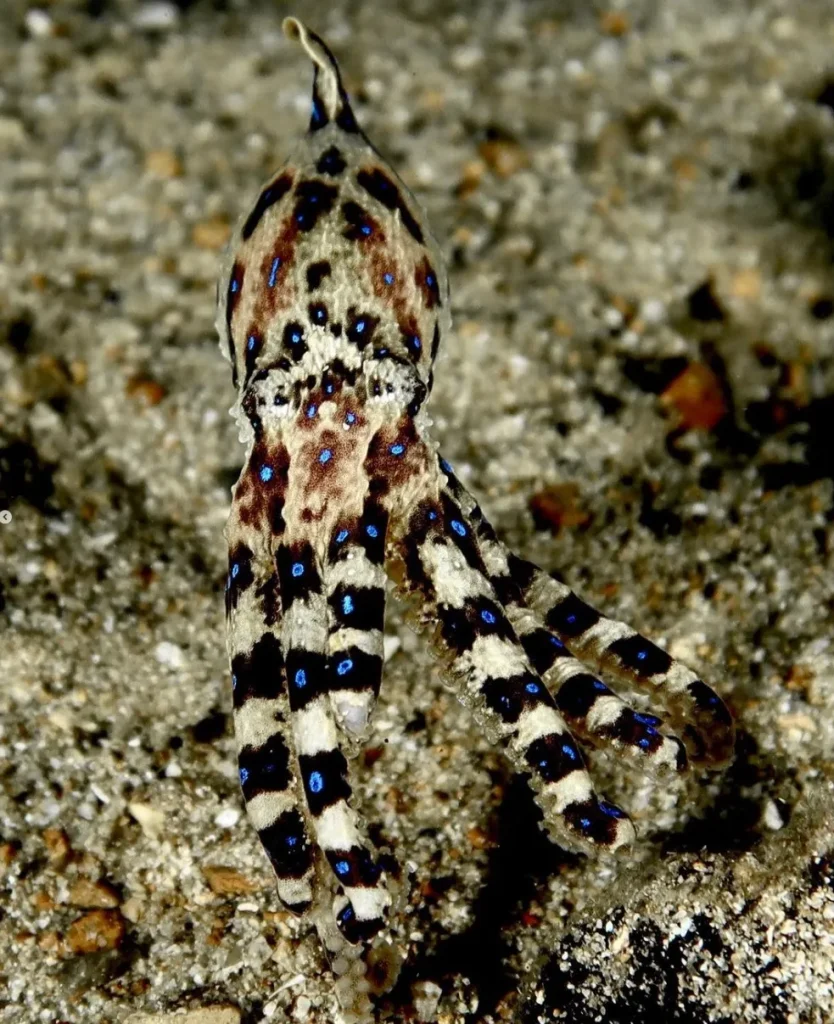
Point Addis Marine National Park has a rich marine biodiversity. Extensive kelp forests, rocky reefs, and vibrant coral gardens can be explored by divers. The park is home to many different types of marine life such as colorful fish, crabs and even occasional sharks. Its various underwater landscapes make it popular among both marine biologists and scuba diving enthusiasts.
Diving at Point Addis offers an opportunity to see some of the most diverse marine ecosystems along the Great Ocean Road. Amongst these include; forests of kelp that serve as habitats for multiple species of fish and invertebrates, beautiful rocky reefs covered in sponges corals seaweeds that provide vibrant underwater scenery. Divers will also come across several species of fish such as wrasse leatherjackets not excluding reef sharks occasionally.
Snorkeling Point Addis
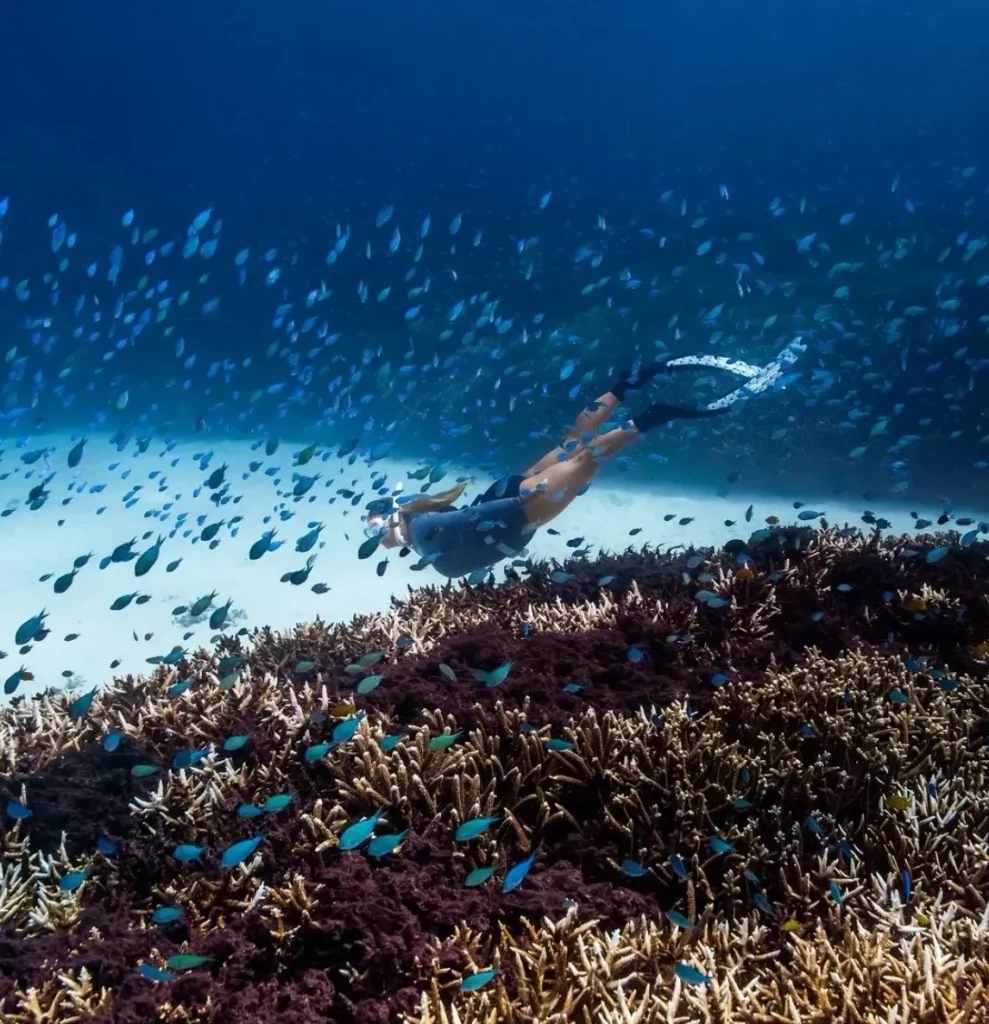
In order to watch marine life from close angles while swimming one should snorkel in Point Addis Bay. Calm calm waters characterized by poor waves along with various forms of habitation make good snorkeling grounds Visitors can explore a variety of marine habitats including rocky shores, kelp forests, and sandy sea floors where they will encounter a range of marine species.
Snorkeling Point Addis is a great way to experience the park’s rich marine biodiversity. Among the animals one might see are crabs, anemones, and sea stars that may be found on rocky shorelines; wrasse, bream, and leatherjackets, among many other fish varieties encountered in kelp forests; flatfish and rays living in sand seabeds. The clear waters and diverse habitats make Point Addis a popular spot for snorkelers.
| Marine Life Encounters | Description | Best Locations |
|---|---|---|
| Seals | Playful and curious, often interacts with divers | Cape Bridgewater |
| Dolphins | Often seen swimming around reefs and beaches | Apollo Bay, Warrnambool |
| Coloured Fish | Vibrant and diverse, it is found in coral reefs and kelp forests | Twelve Apostles Marine National Park, Point Addis |
| Corals | Hard and soft corals create vibrant underwater landscapes | Marengo Reefs Marine Sanctuary, Twelve Apostles Marine National Park |
| Crabs | Found in rocky crevices and sandy seabeds | Loch Ard Gorge, Point Bunbury |
| Sea Stars | Common in rock pools and along rocky shorelines | Point Bunbury, Point Addis |
Dolphin and Whale Encounters at Warrnambool
Whale Season
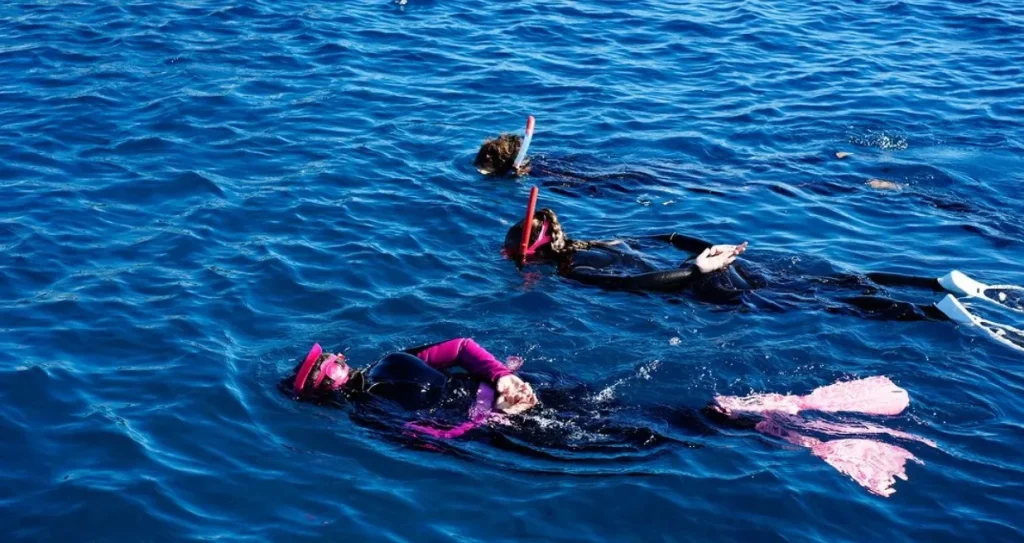
Warrnambool is one of the best places along the Great Ocean Road to see whales. The whale watching season is between May and October when mother southern right whales give birth in the area. These creatures are frequently visible from the coast or on a whale watching excursion.
Many visitors find Warrnambool’s whale watching season a highlight. It is during this period that female southern right whales migrate to its shores in order to calve and feed their calves. Frequently, these animals can be seen from beaches especially at Logan’s beach, which has a specific viewing platform for that purpose. There are also tours available where you can get up close with these majestic creatures; seeing a breaching or tail-slapping whale is unforgettable!
Dolphin Encounters
Apart from whales, Warrnambool is famous for interacting with dolphins. They are often visible throughout the year swimming near the coastline as well as when snorkeling or diving safaris take place.
The waters around Warrnambool, particularly along the Great Ocean Road, attract many dolphins. It brings joy among people who see these intelligent and playful creatures leaping and splashing about in waves while driving by them. Snorkeling and diving expeditions offer opportunities to observe dolphins at close range too. Dolphins will easily approach those snorkelers or divers who seem interesting to them thus making it an awesome experience one would always remember.
Guided Snorkeling Tours Along the Great Ocean Road
Reasons Why Guided Tours Are Beneficial
One of good ways for exploring marine life along the Great Ocean Road through guided snorkeling tours. Experienced guides provide safety education and explain insights about local marine ecosystem perspective making such experiences safe yet fun-filled events for tourists visiting it for their first time there or they are not familiar with how it works out best while there are several choices including equipment rental.
There are many perks of guided snorkeling tours particularly for those who are new to snorkeling or unfamiliar with the area. An experienced guide can provide information about local marine life and ensure that participants follow safe snorkeling practices. They often come along with all the necessary equipment, such as masks, snorkels and fins, making it possible even for a tourist to engage in them. Moreover, many guided tours go to the most amazing places for snorkelling to make sure that all participants will definitely remember this experience.
Tour Operators
There are several tour operators along the Great Ocean Road who organize guided snorkelling trips. Some common options include Sea All Dolphin Swims in Queenscliff, Apollo Bay Eco Snorkel Tours, and Warrnambool Whale Watching and Snorkelling Tours. Different levels of expertise may be catered by each operator thereby adding diverse experiences.
Along Great Ocean Road, there are few companies that provide guided snorkelling tours; however, each one gives a different experience. Sea All Dolphin Swims in Queenscliff organizes trips where people get an opportunity to swim with dolphins and seals, as well as explore the reefs within the vicinity. Apollo Bay Eco Snorkel Tours concentrates on marine life around Marengo Reefs Marine Sanctuary which is located close to Apollo Bay region. The Warrnambool Whale Watching and Snorkelling Tours offer dolphin swimming, and underwater explorations can be made here, too. Every company has different skill levels, so browsing beginners to seasoned divers can be fun.
Conclusion
There is a lot of marine life to explore along the Great Ocean Road through diving and snorkeling that will be unforgettable. The region teems with different species of marine life ranging from colorful coral reefs, playful seals, majestic whales and dolphins among others. One can experience these aquatic wonders by observing safety precautions and assisting in the conservation efforts for generations to come.
Frequently Asked Questions (FAQs)
What’s the best time of year to dive and snorkel at Great Ocean Road?
The ideal time for diving and snorkeling would be the warmer months of November through April when water is at its warmest and visibility is excellent.
Is there guided snorkelling?
Yes, there are some reputed tour operators in Great Ocean Road who organise such tours by providing equipment and expertise and you can also join a 3 day Great Ocean Road tour.
Can I participate in diving and snorkelling even if I am an amateur?
Certainly. There are many places that are suitable for beginners including some areas where guided tours accept people of all skill levels ensuring their safety while they have fun.
Which types of marine creatures will I find whilst diving or snorkelling?
Depending on the location, season etc., you may encounter a wide variety of marine species from brightly coloured fish, corals, seals, dolphins and sometimes even sharks or whales.
How can I help in conserving marine life?
Conservation measures include choosing eco-friendly tour operators, following guidelines for minimizing your impact during visits as well as getting involved in local conservation initiatives.
